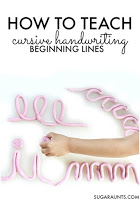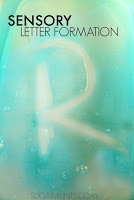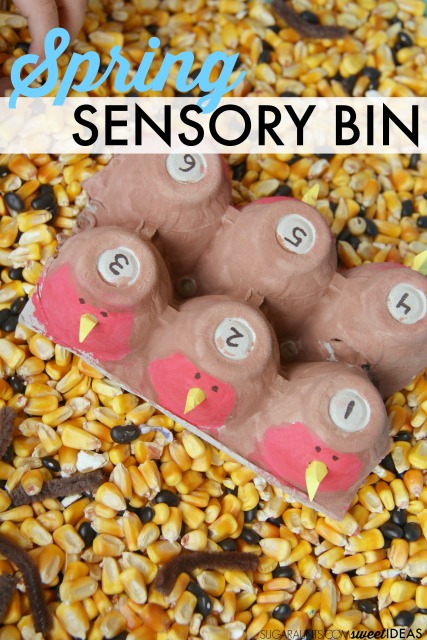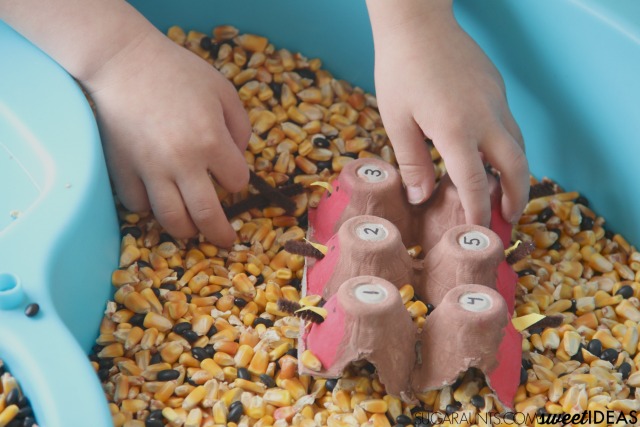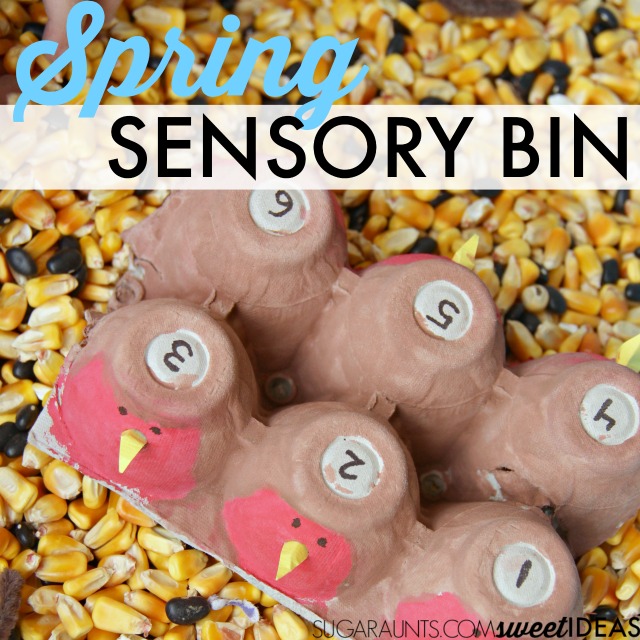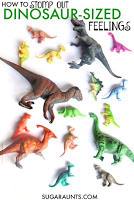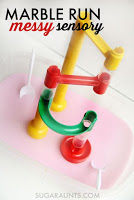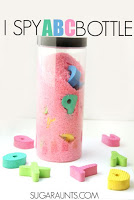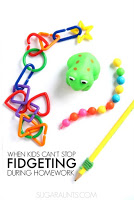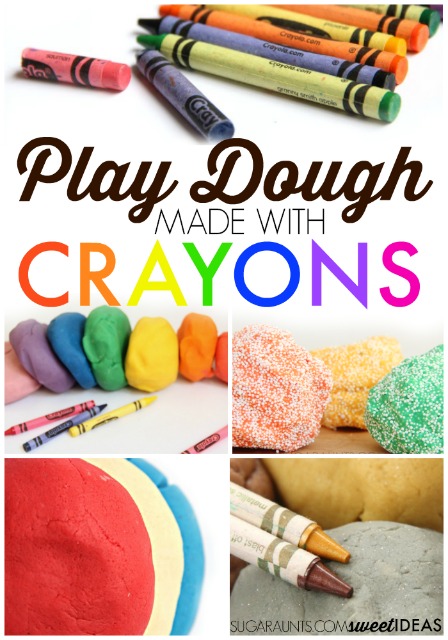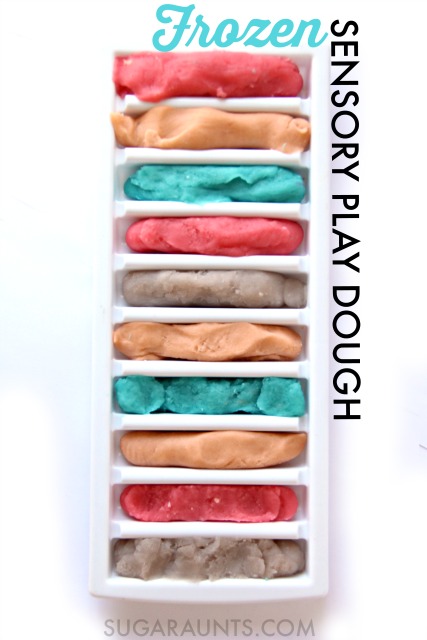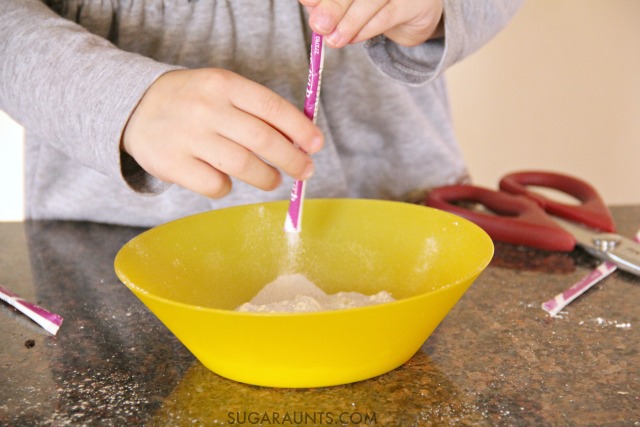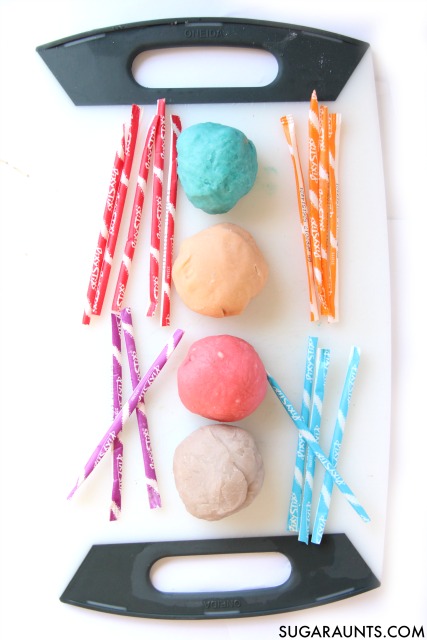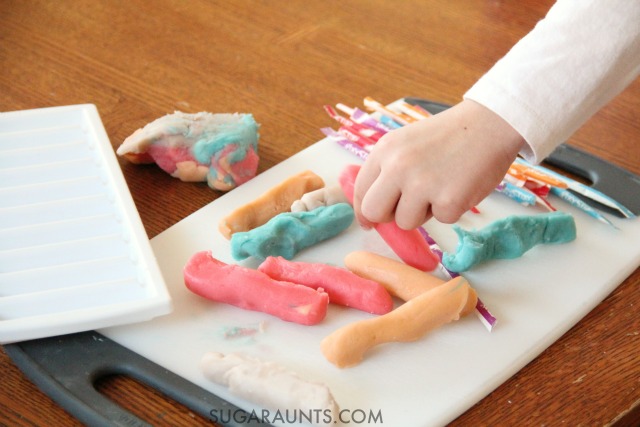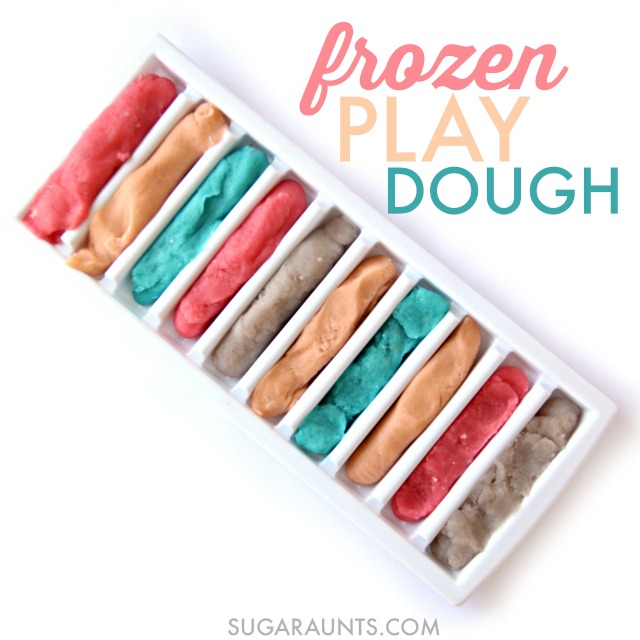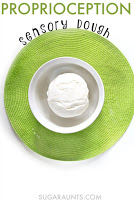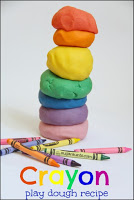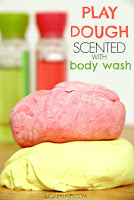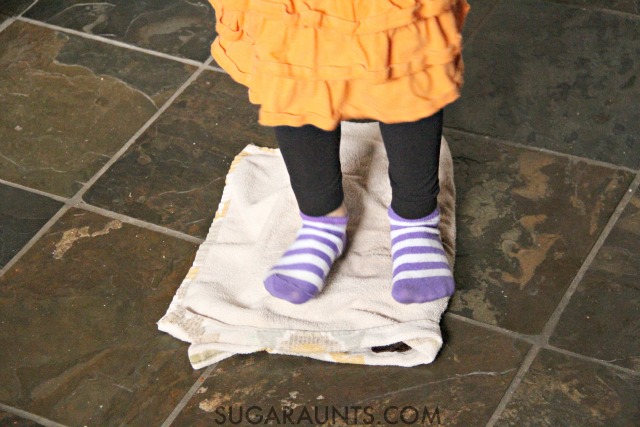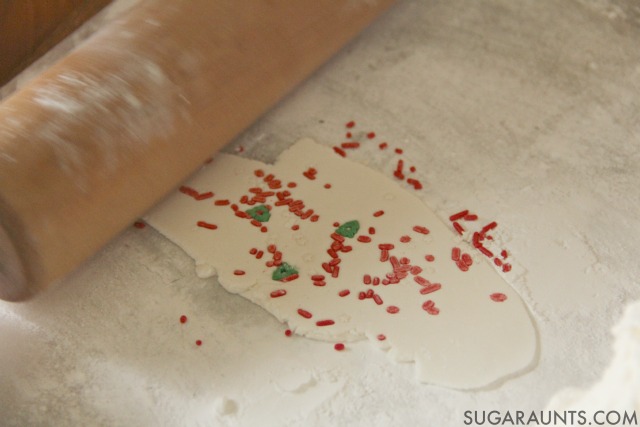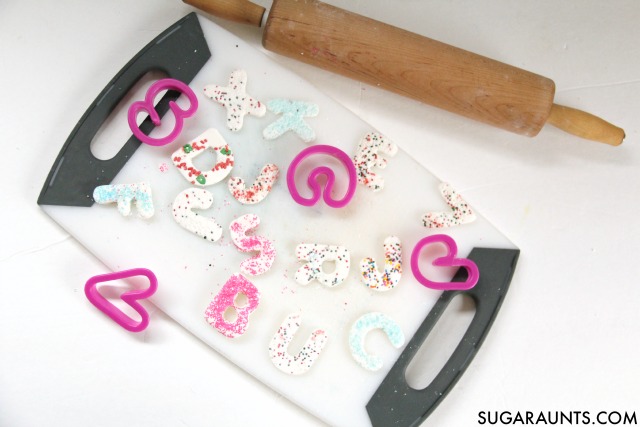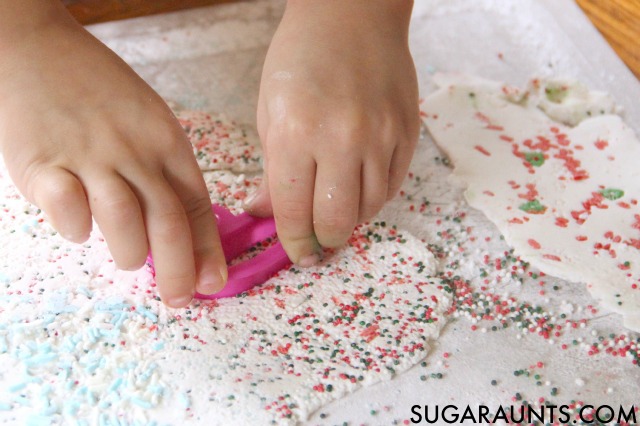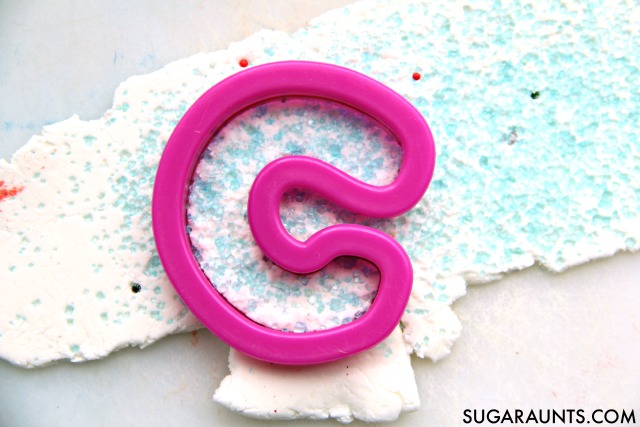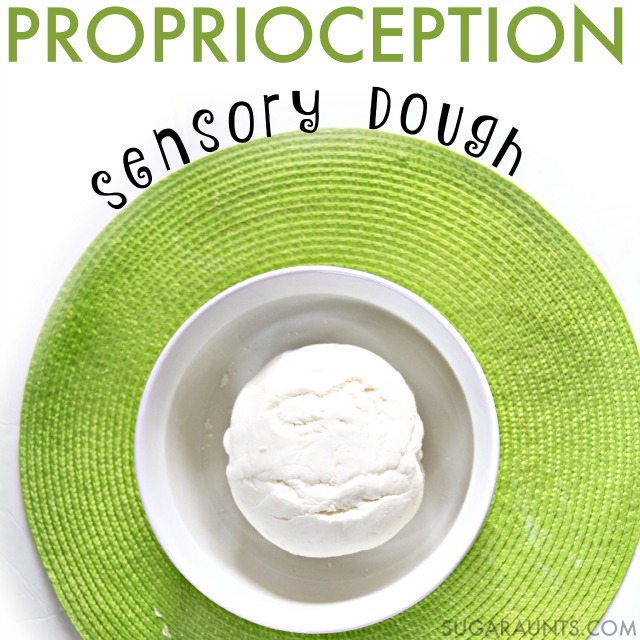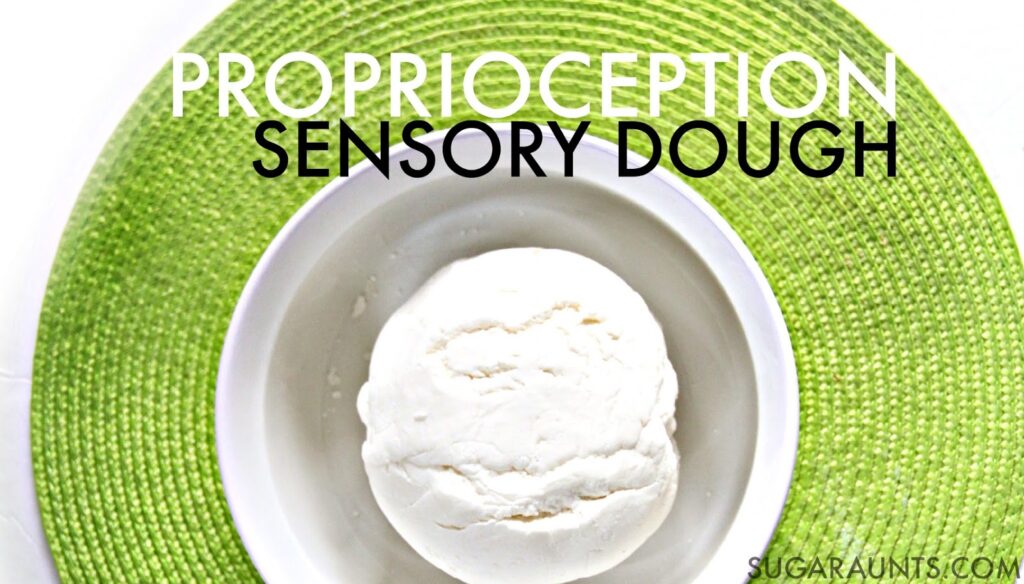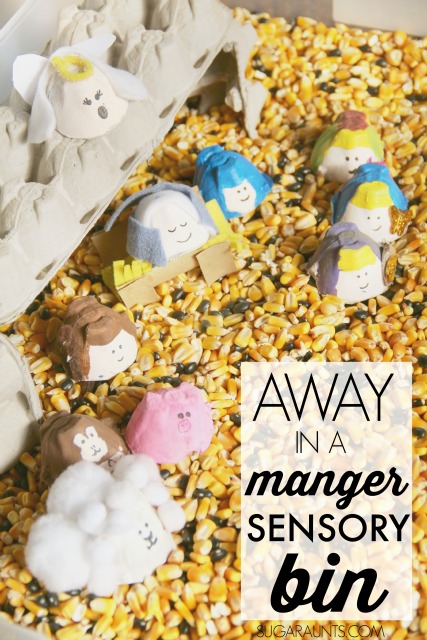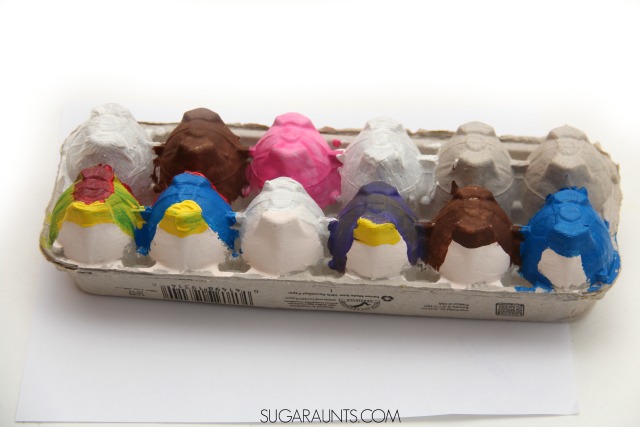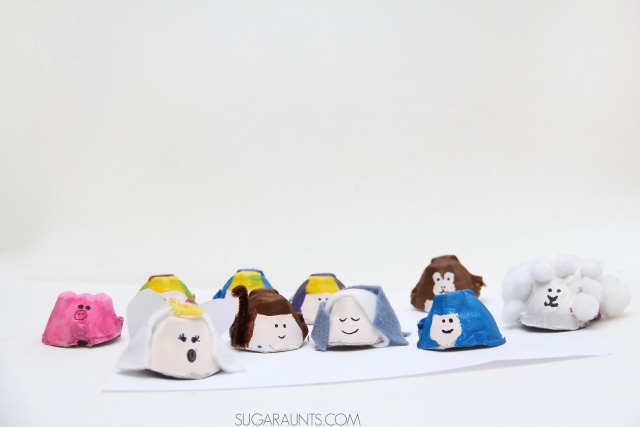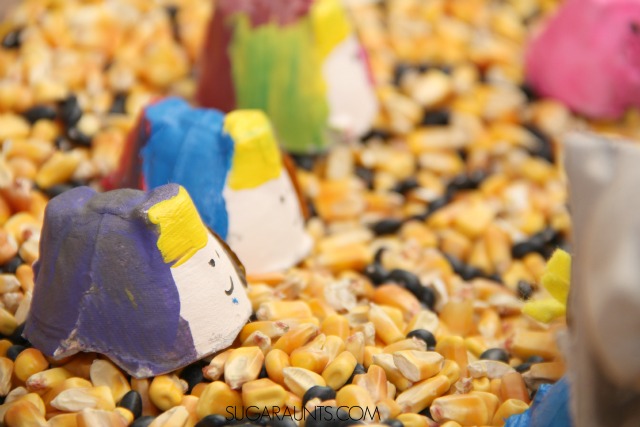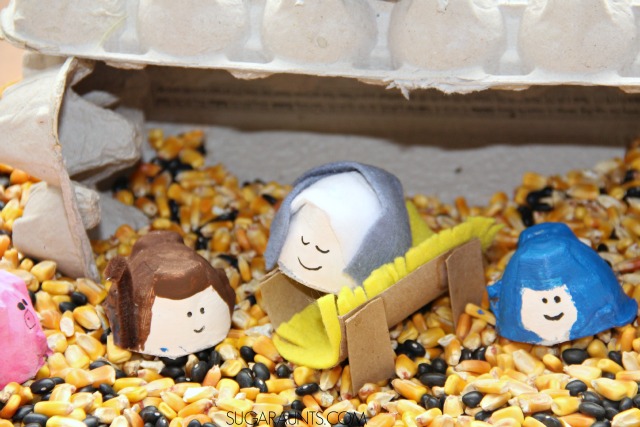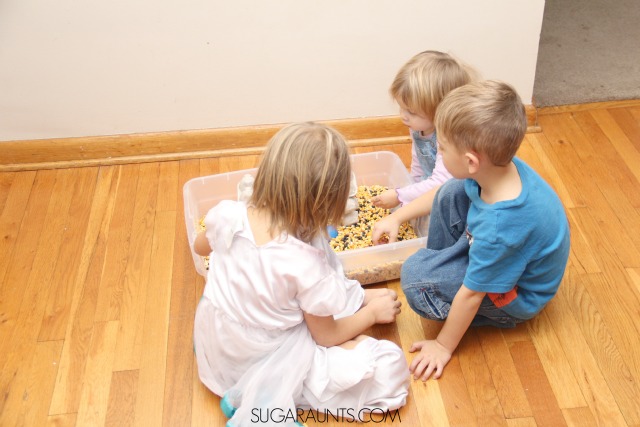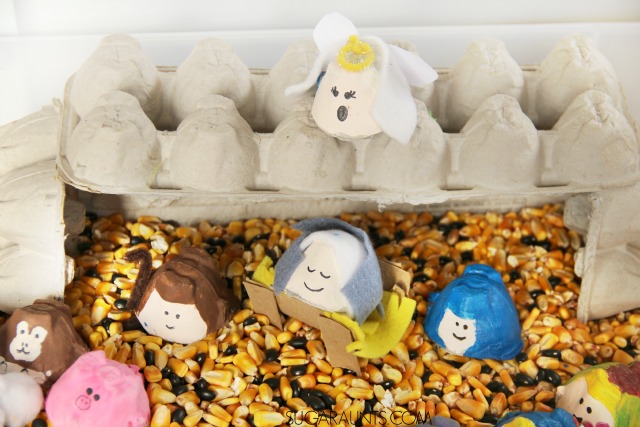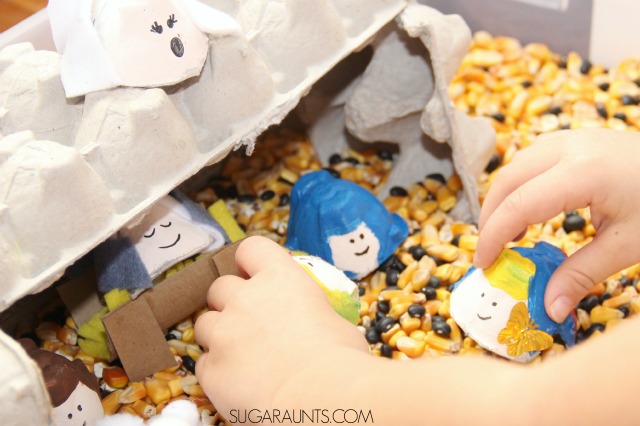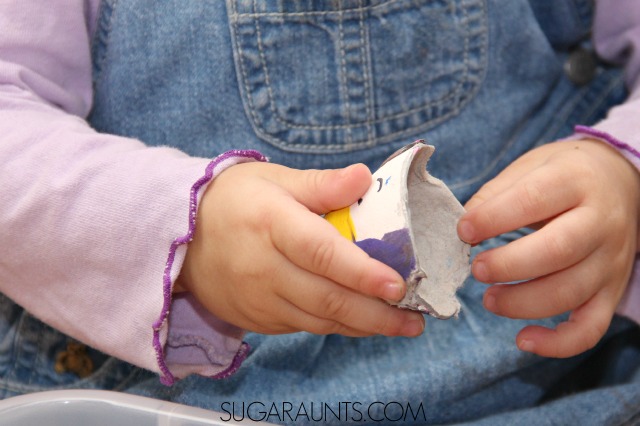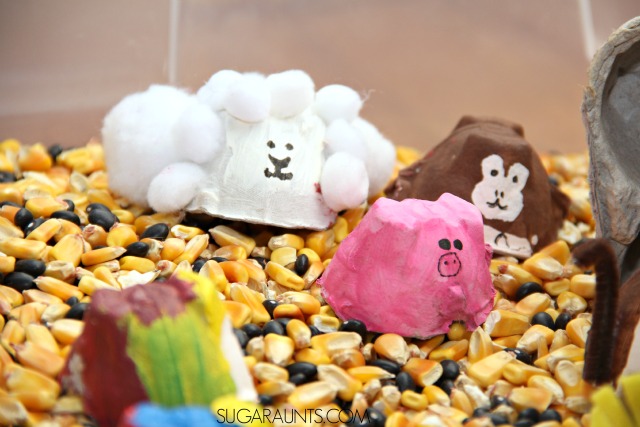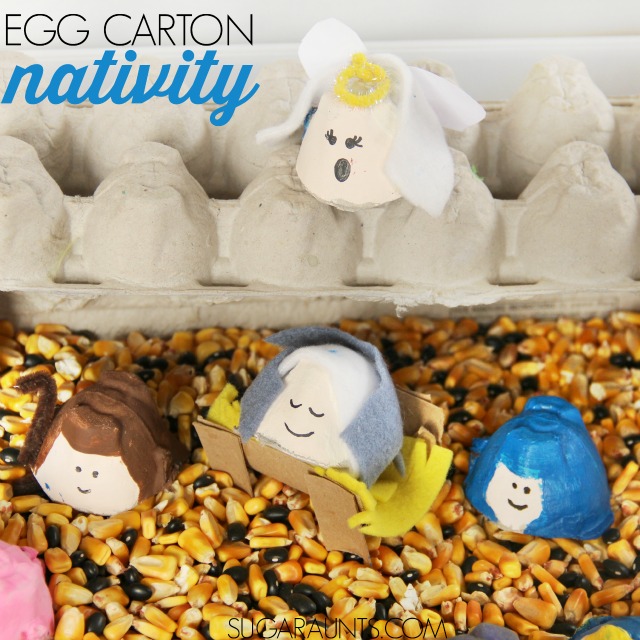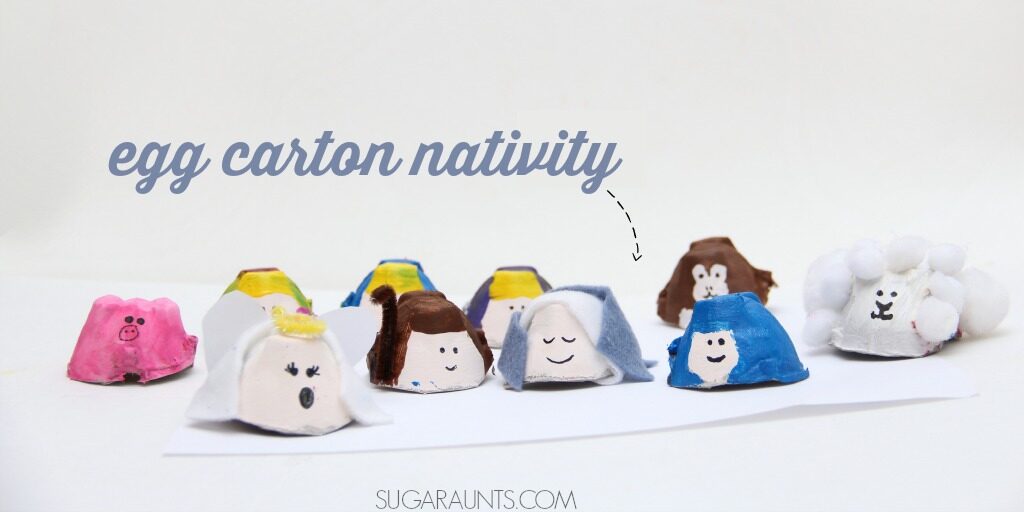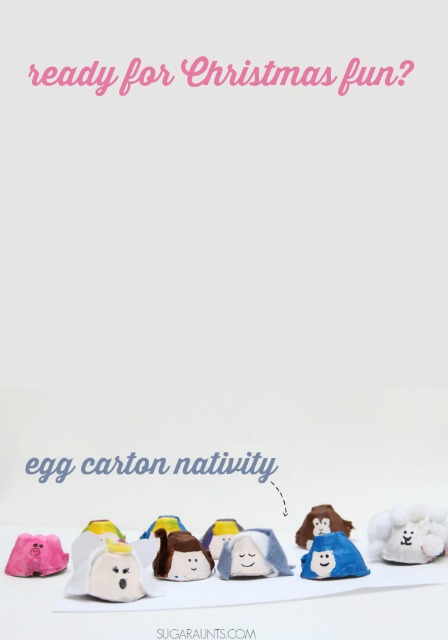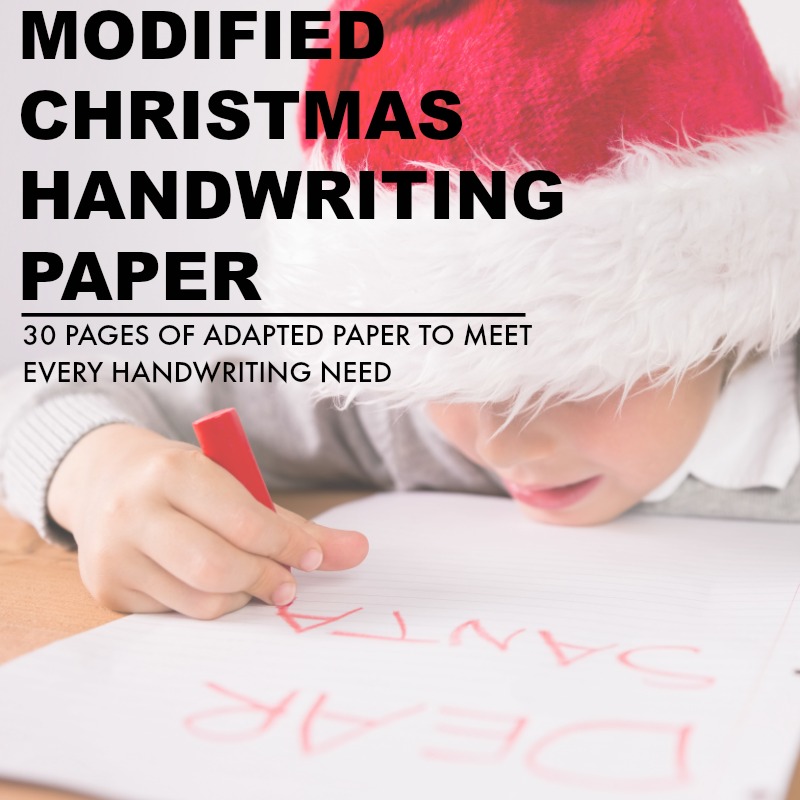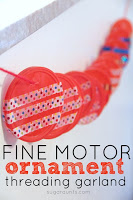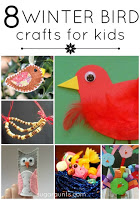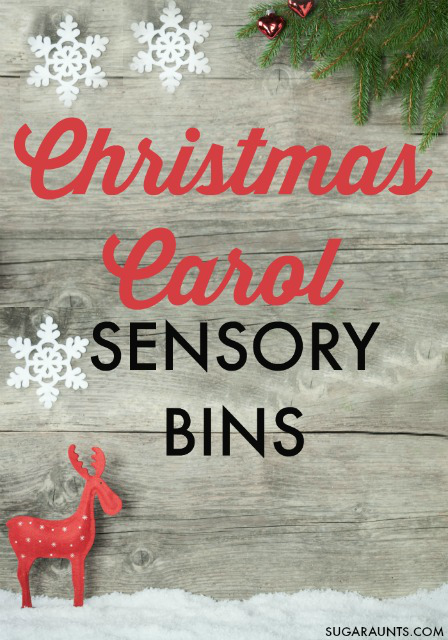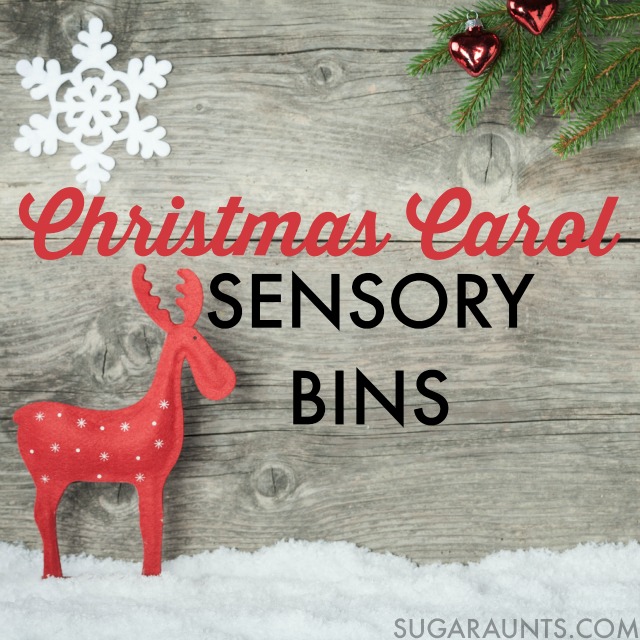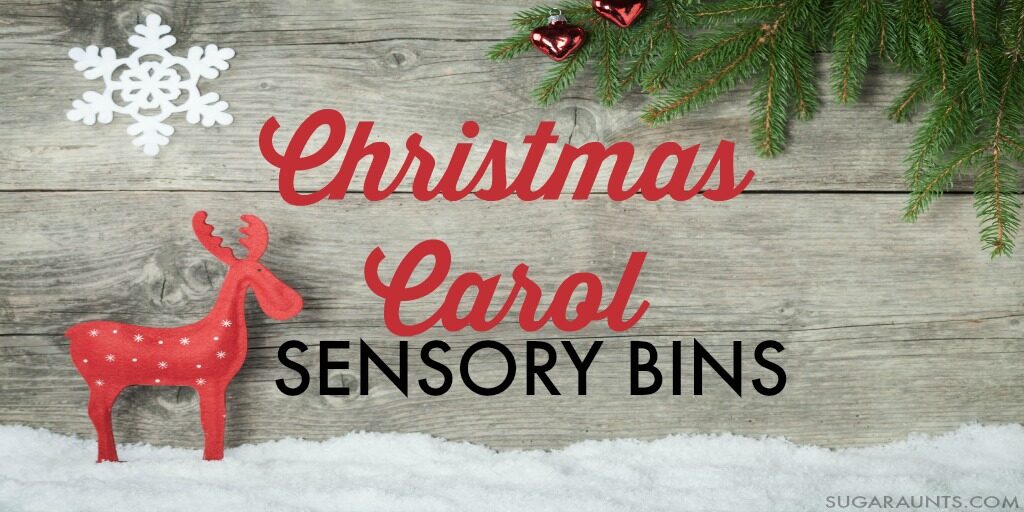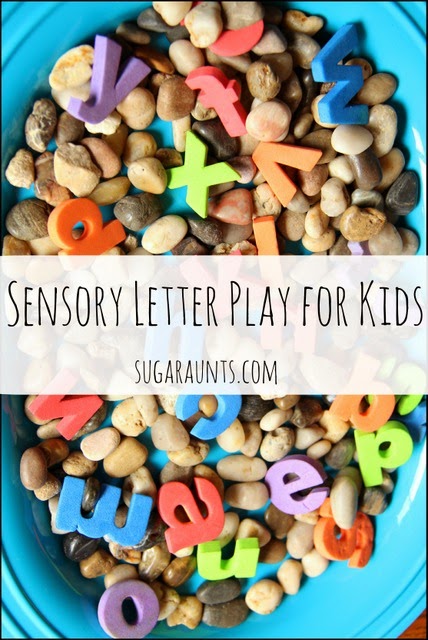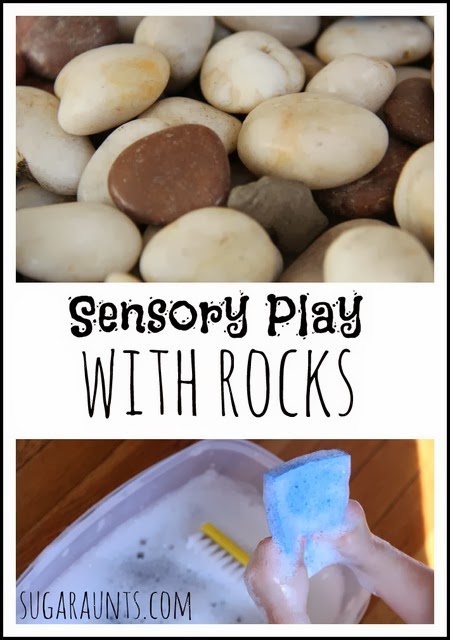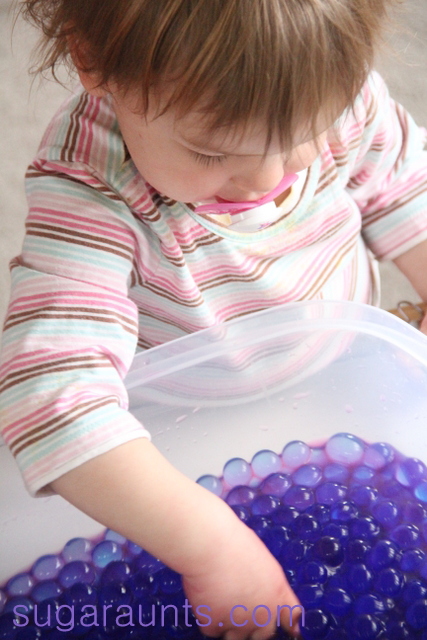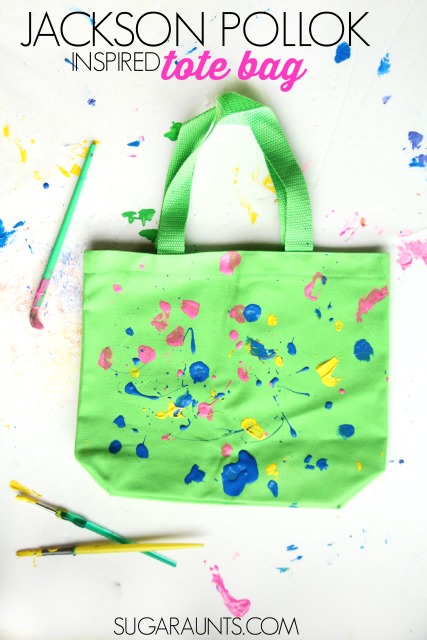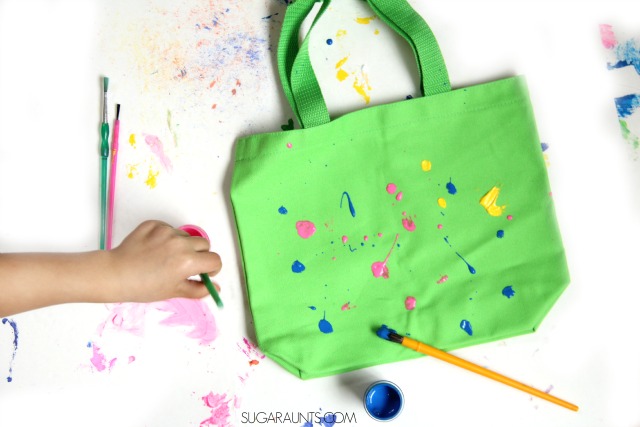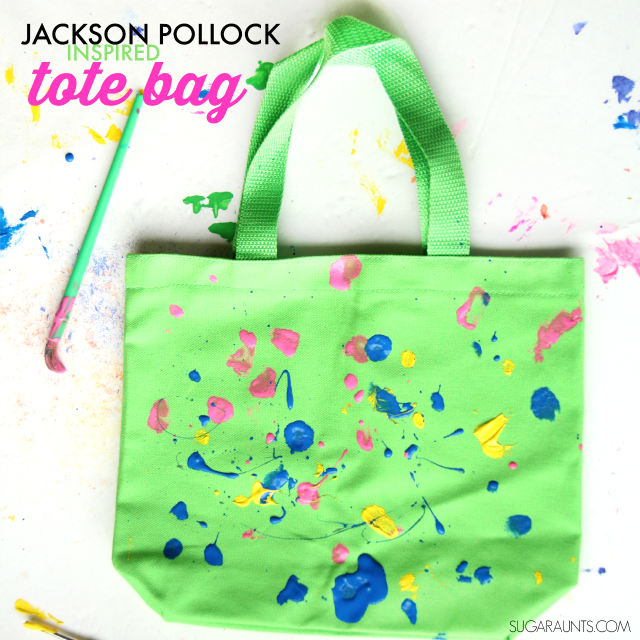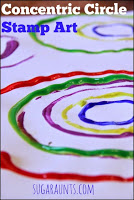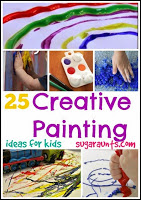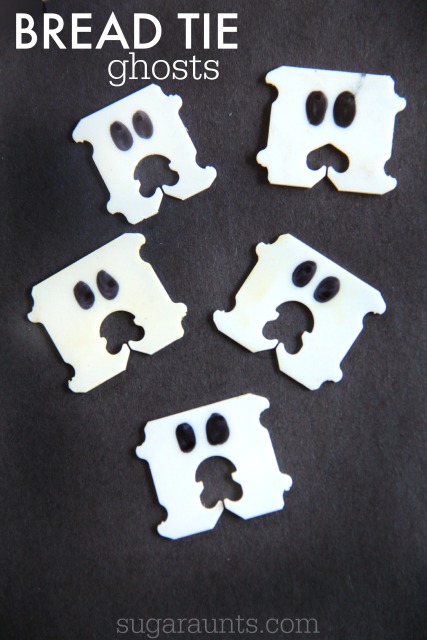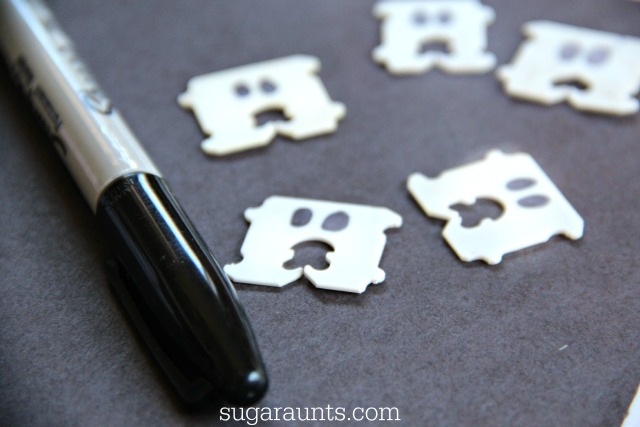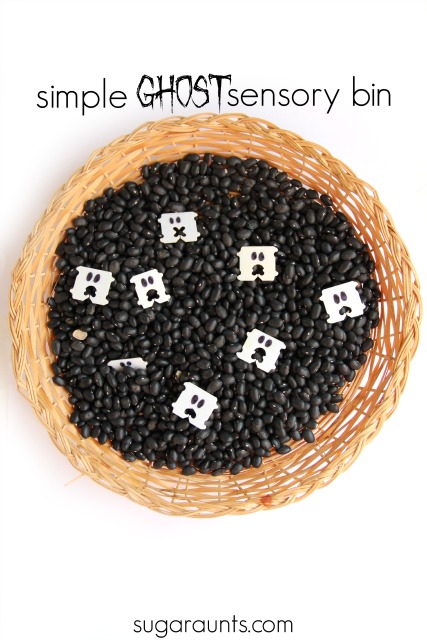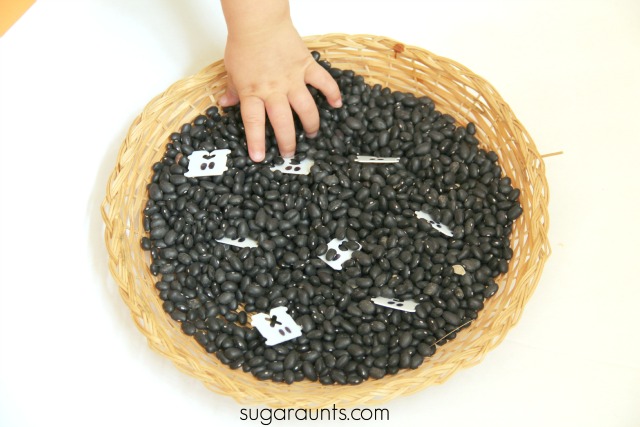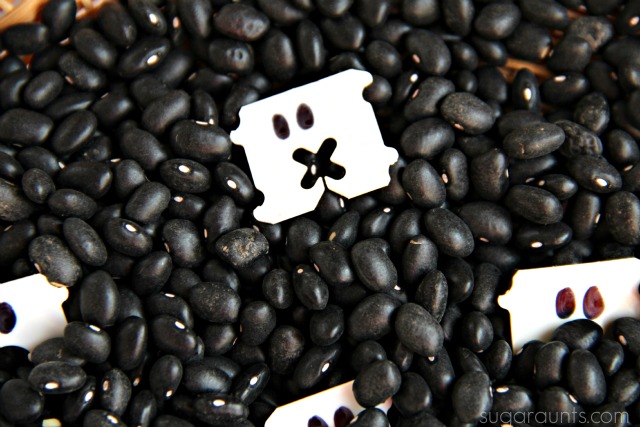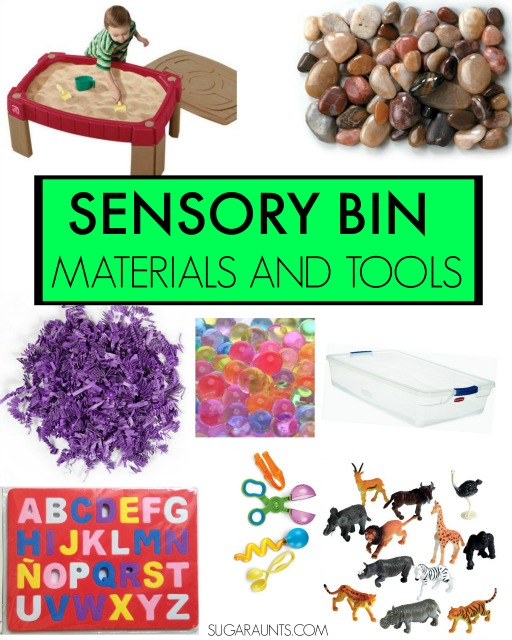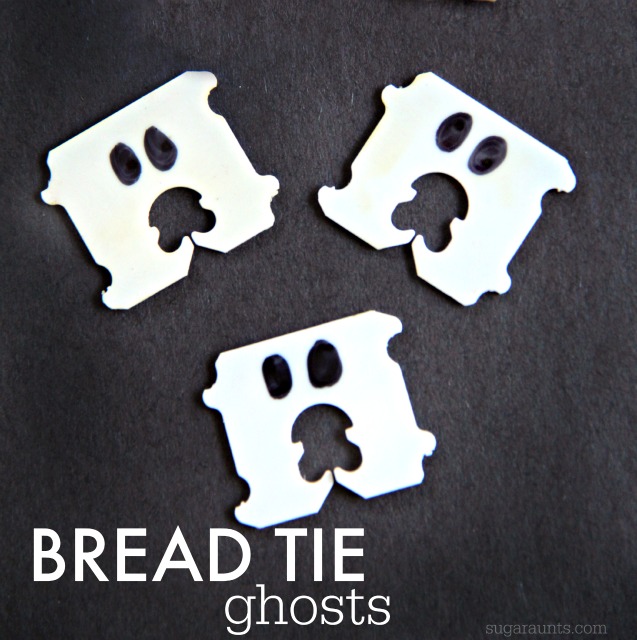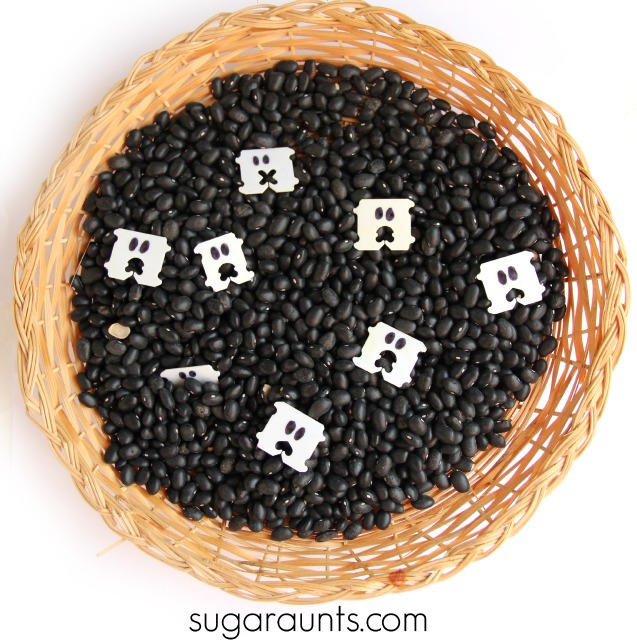Have you made slime? I have to admit. We’ve got tons (and tons) of play dough recipes…but we have never made slime. It’s been on our list for a long time, but we just never got around to it. We whipped up our first batch the other day and I think I have created a family of slime monsters. My kids were all. over. the slime. When we started using the slime in a slime handwriting tray activity, they were even more into it! This is a perfect addition to our writing trays for handwriting ideas.
(Psssst: This sensory writing activity would be perfecto in a DIY Sensory Handwriting Camp this summer!)
They were a little hesitant to try touching the slime at first, but once they saw mom getting in on the fun, they had to try the squishy, slimy material. After a few “eeeewwww!”s, they were loving the slime! I think we have a lot of slime in our future.
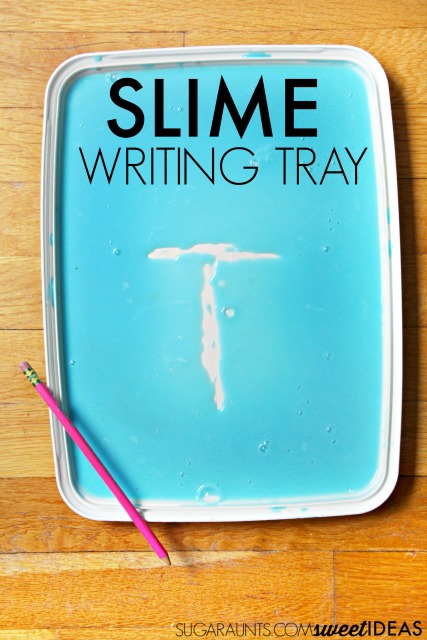
How do you make slime?
So, you’ve probably seen all of the awesome slime sensory play pictures all over pinterest.
(Check out our Play Dough, Clay, Goop, and More pinterest board for tons of fun sensory play ideas.)
But, how do you actually make the stuff? As a newbie slime-making mom, I had to look it up. We used this recipe and it turned out completely slimy and fabulous. I have to tell you though: If you are a new slime maker, there is no way you can mix up a batch of slime and take pictures. It just won’t happen. So, I have to apologize for the lack of awesome slime-in-process pics, and even the requisite slime-falling-from-a-child’s-hands pictures. We are a ways off from those action shots in our slime journey.
So after we mixed up our new slime baby, we had to get to playing.
Slime novice tip: Slime is messy. And by messy, I mean M.E.S.S.Y. If you are looking for a tactile sensory play activity, this is it. It’s the coolest texture, but it is mess in a bowl.
Slime Handwriting Tray
Love writing trays? Try this easy rice writing tray to work on letter formation and number formation.
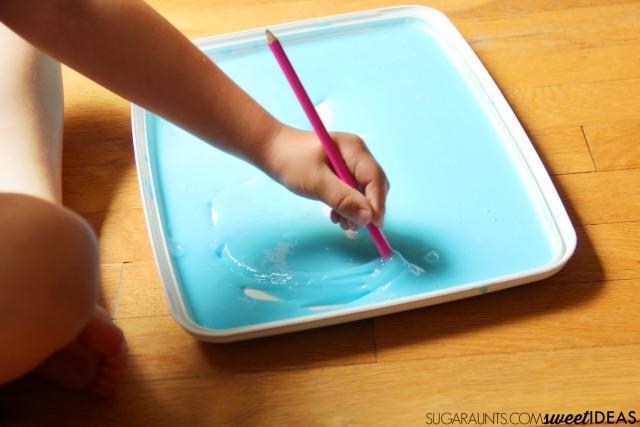
Sensory handwriting idea: Try this sensory writing tray for high visual contrast letter formation.
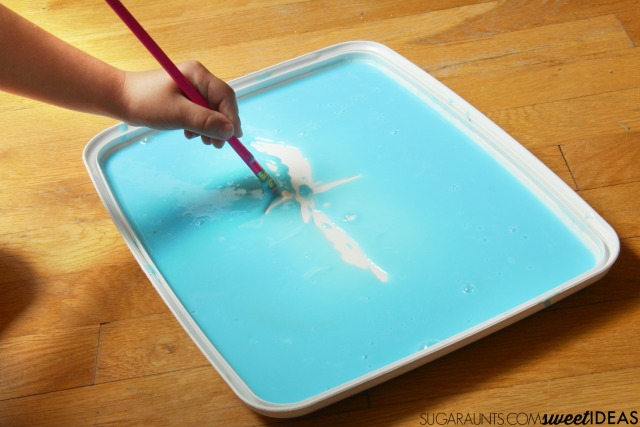
- Trace shapes, lines, and letters in the slime.
- Copy words into the slime.
- Practice spelling words in the slime.
- Do single, double, and multiple digit addition and subtraction problems in the slime.
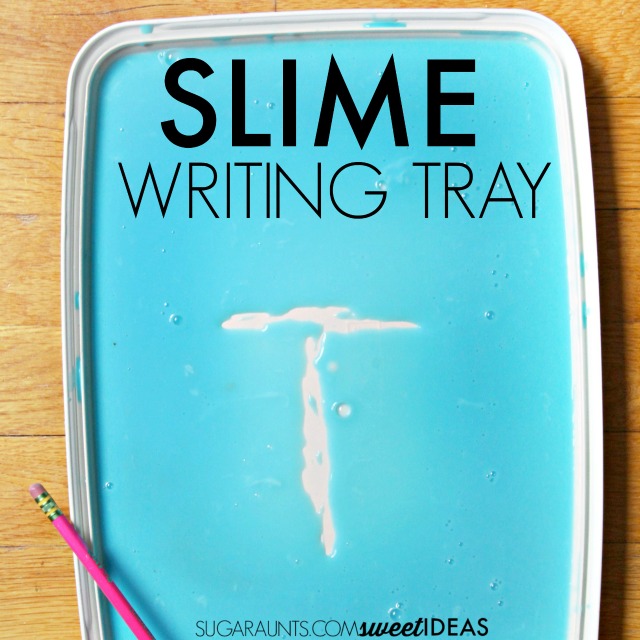
How would you use a slime writing tray for handwriting practice?
A few of our favorite messy, sensory activities that you will love:


